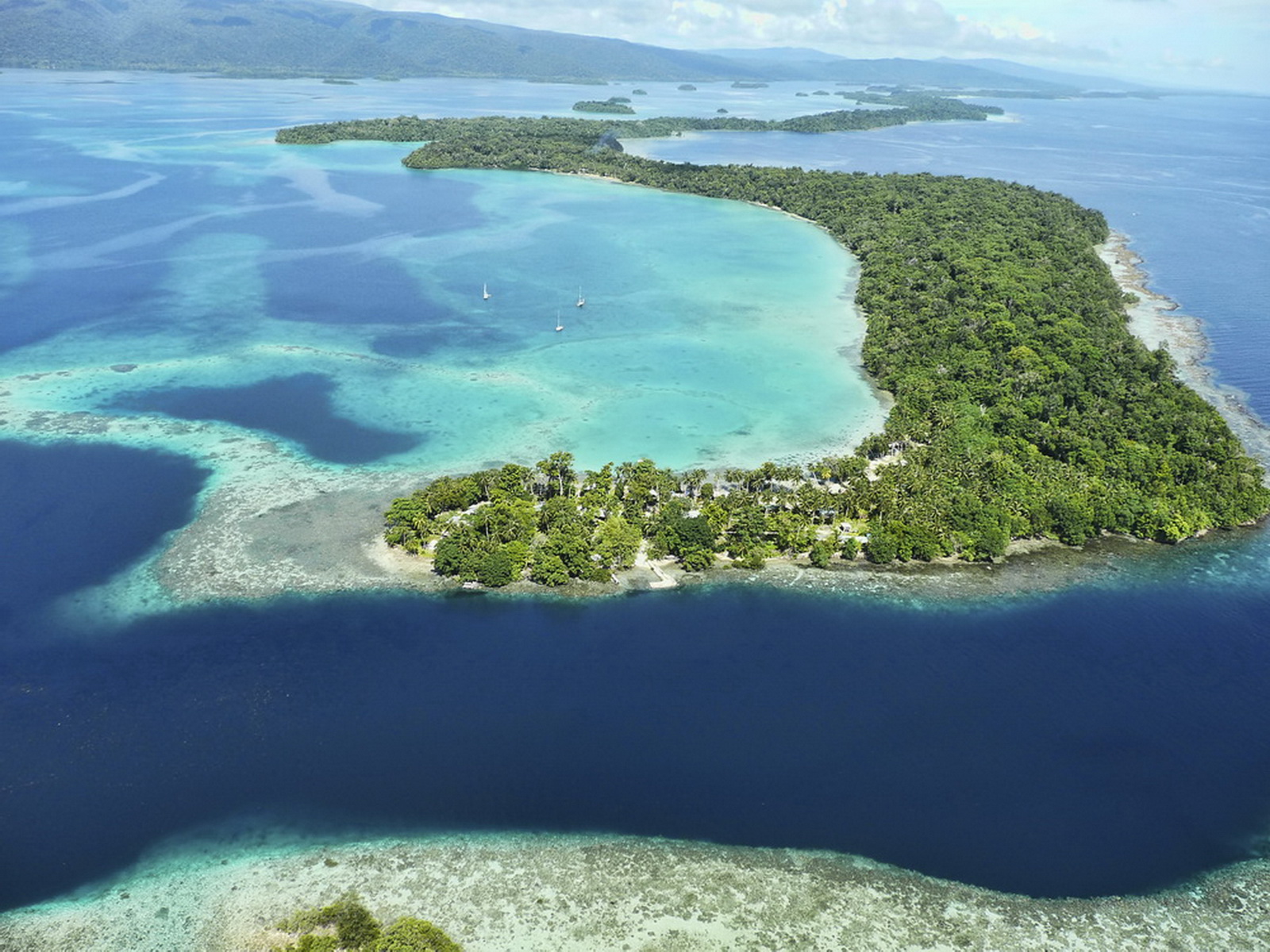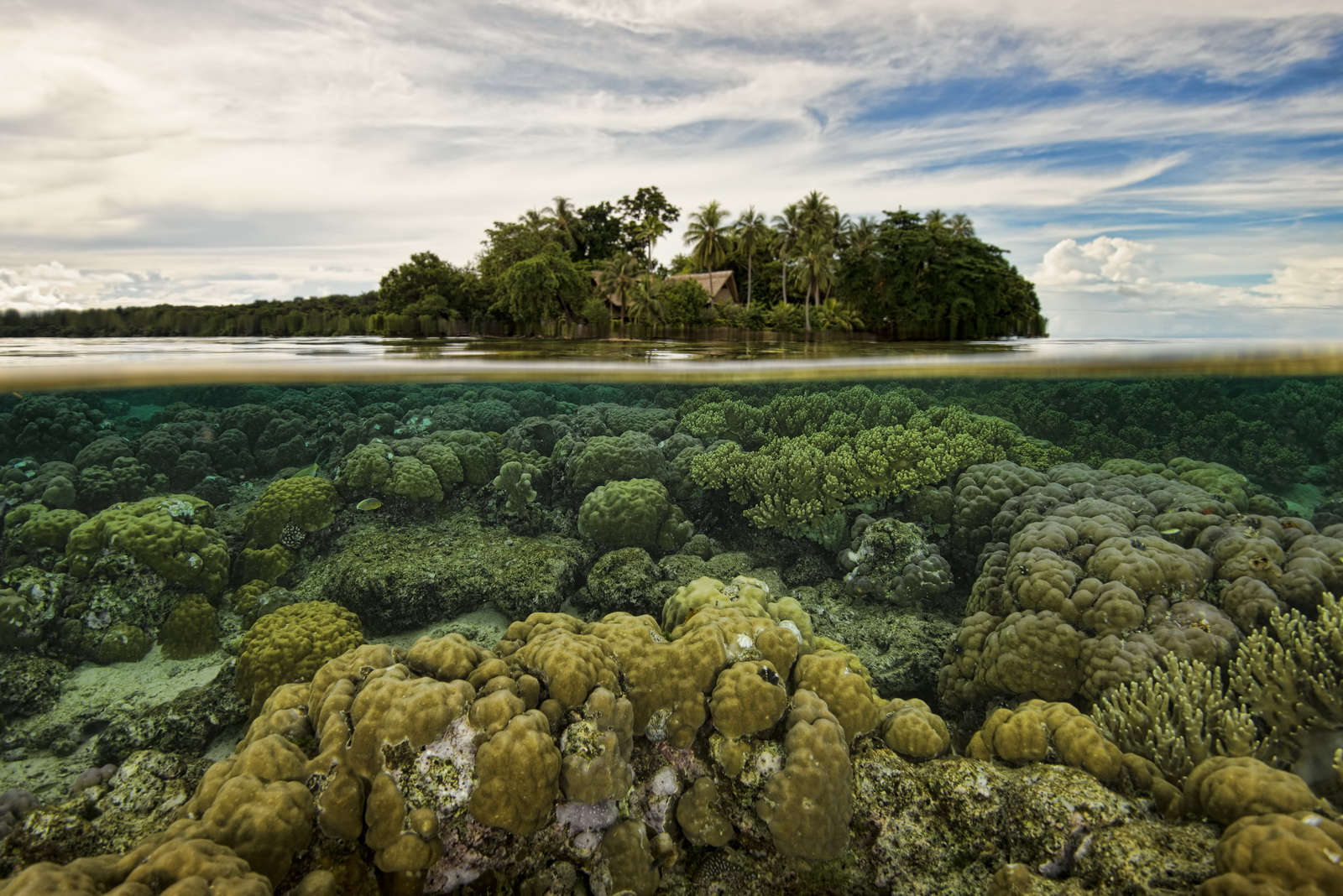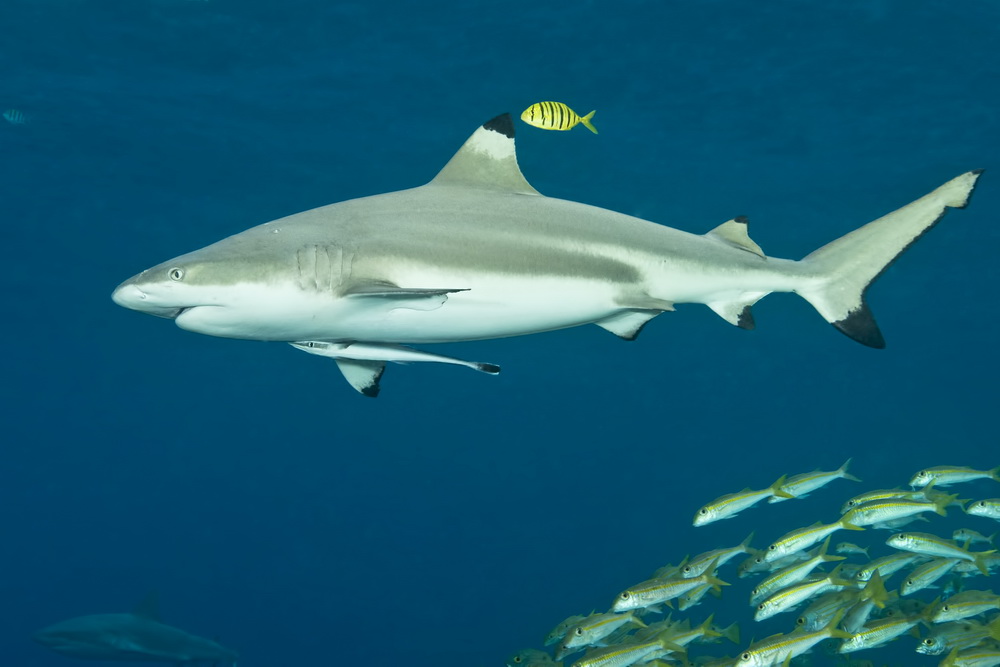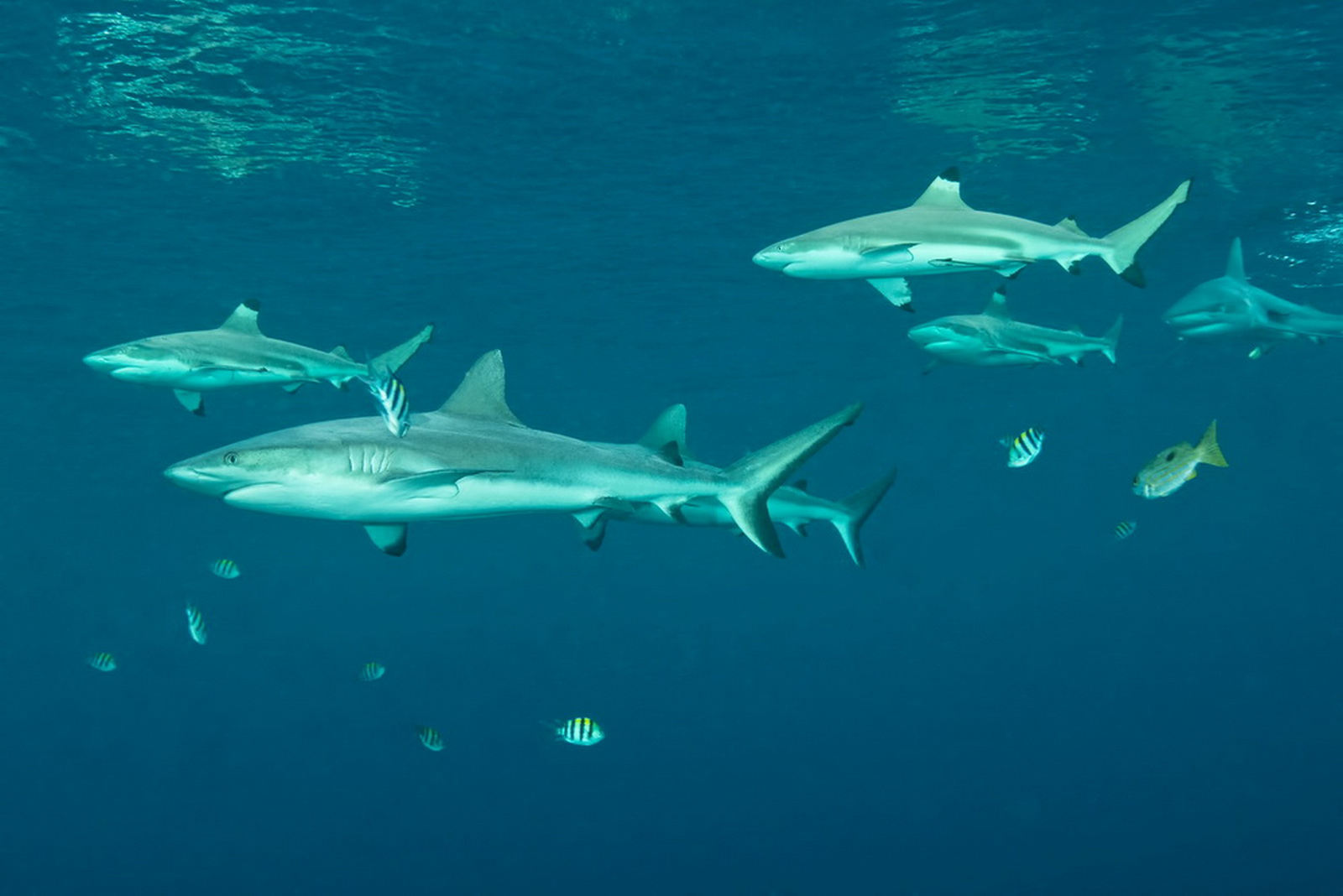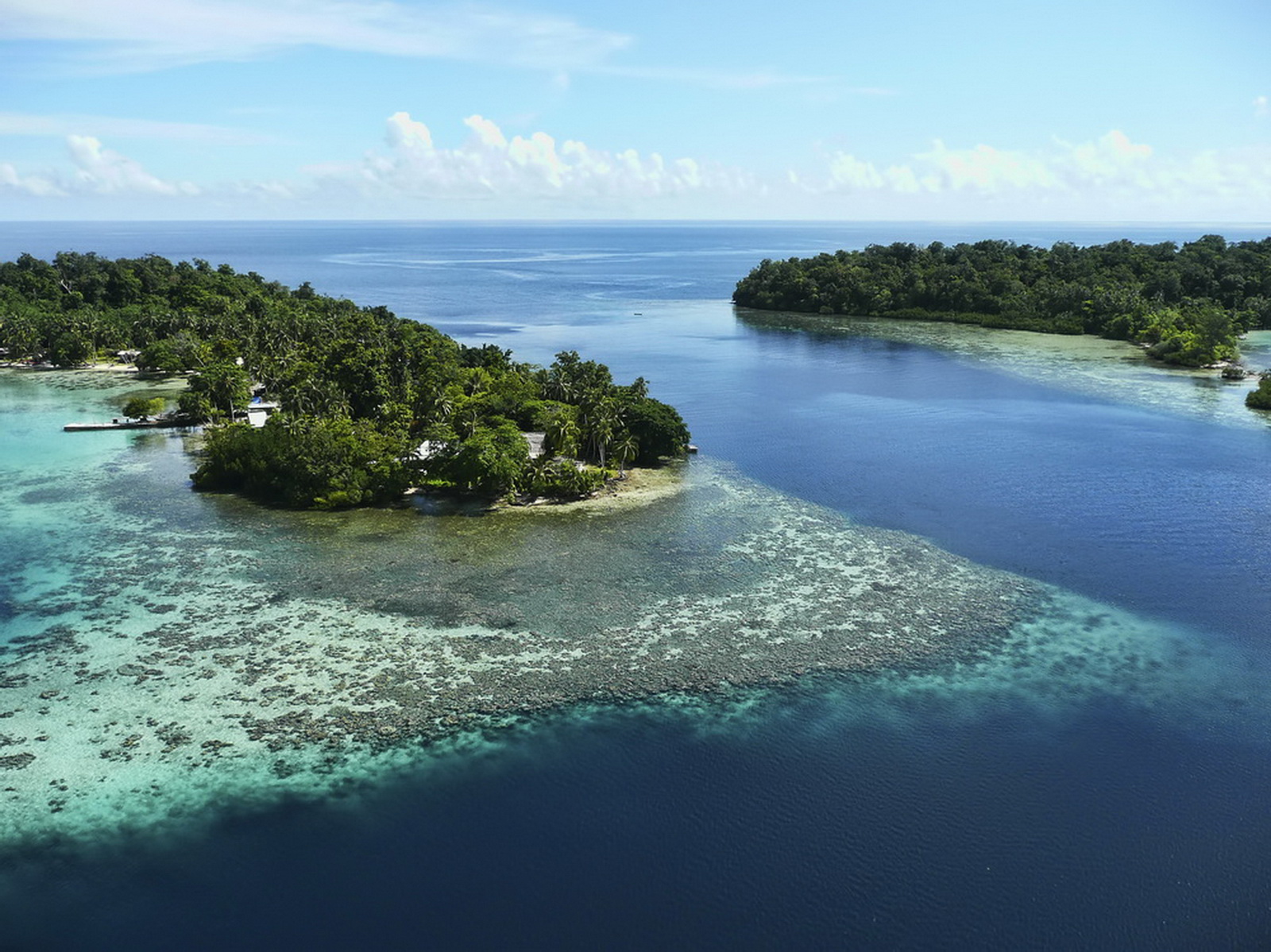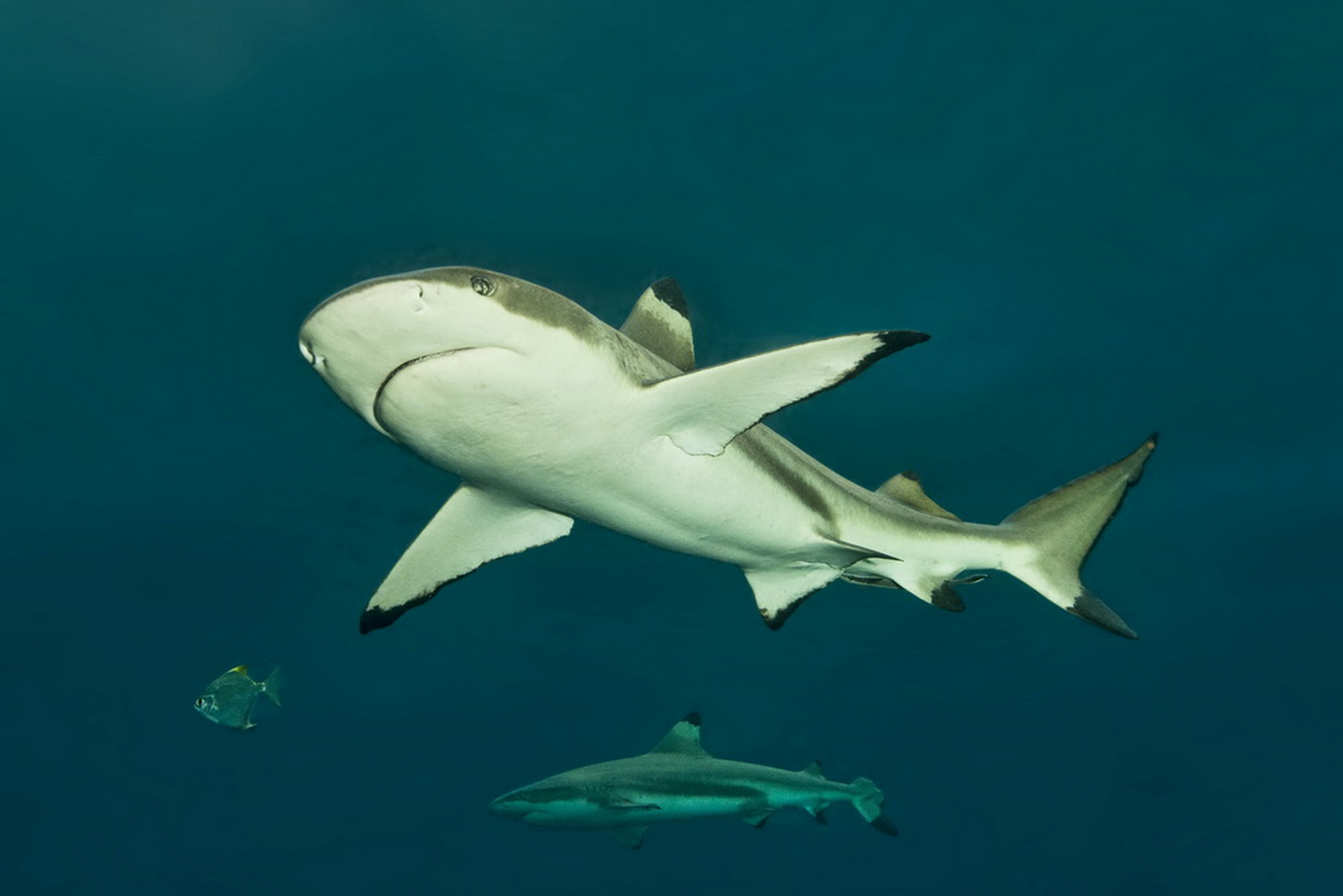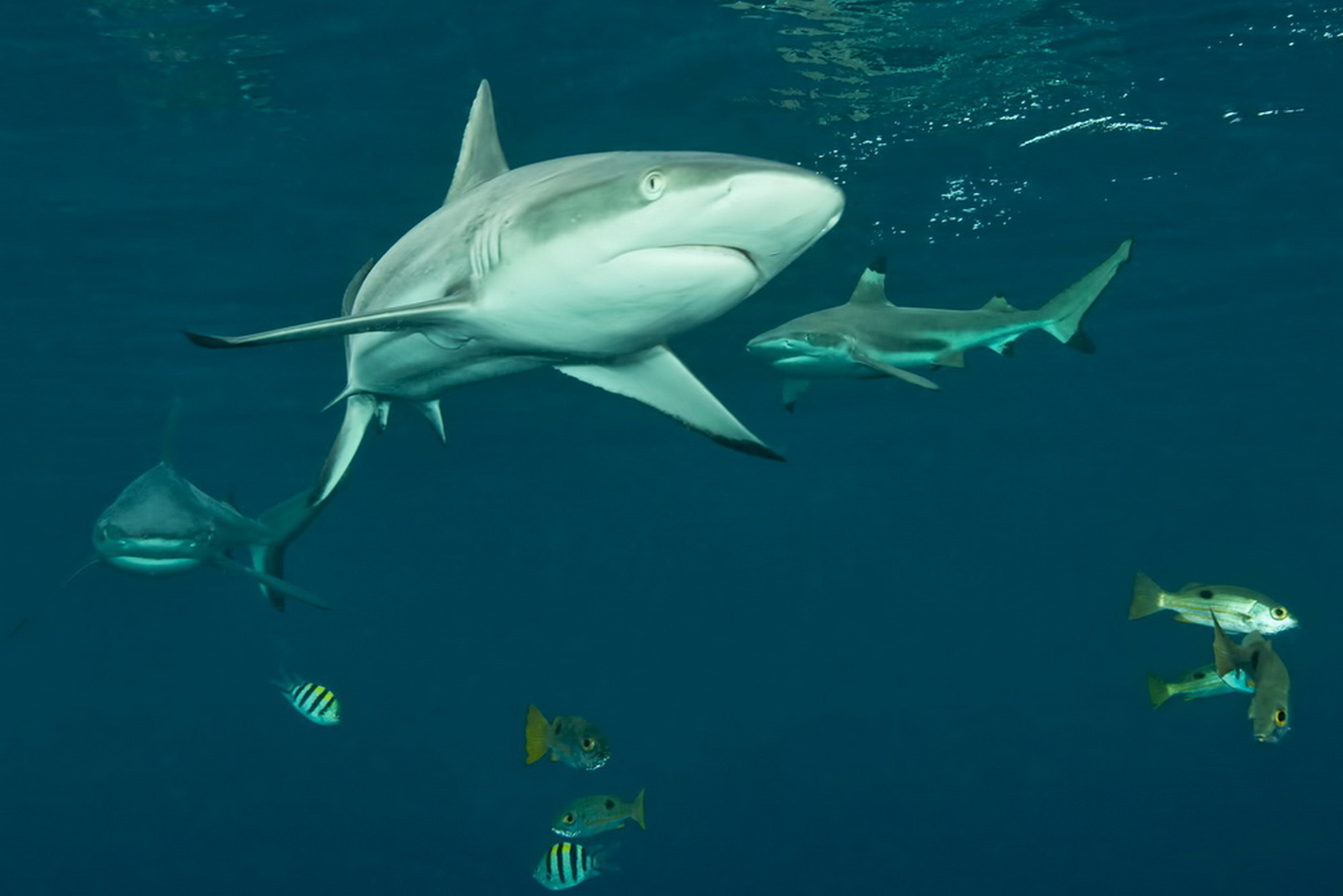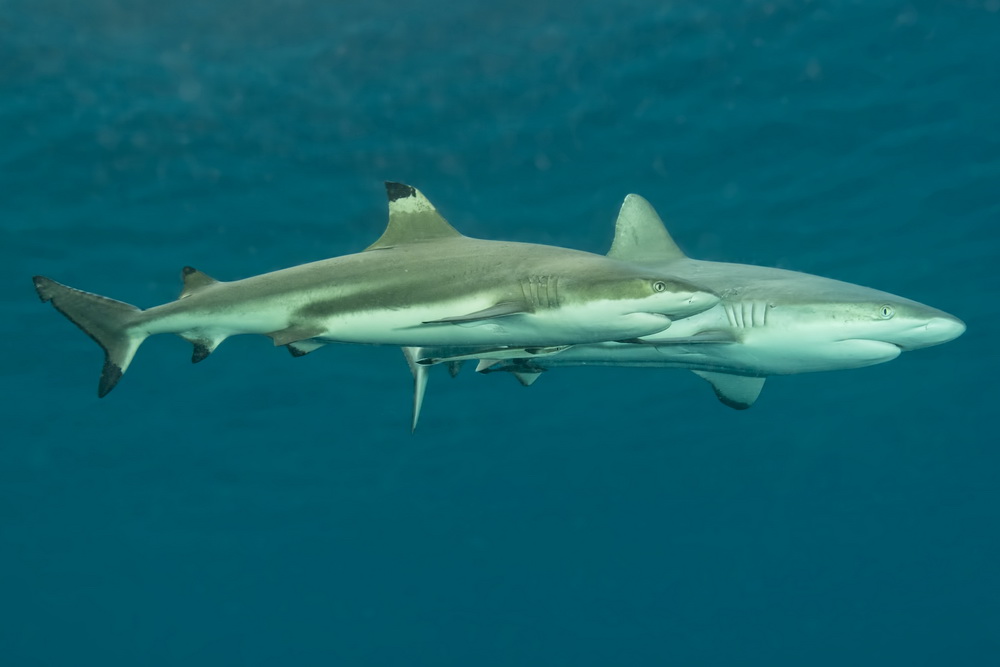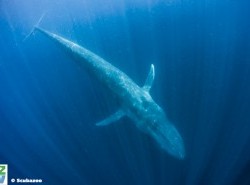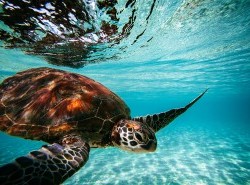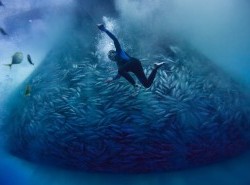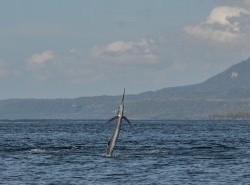There is an old story passed down by the elders of the Marovo Lagoon in the Solomon Islands. It tells of a group of villagers out in the open ocean on a fishing expedition who quarelled and fought, ripping each others canoes to pieces. Huge sharks appeared, killing the stricken men, save for one – the only man who didn’t join in the fighting. The sharks helped him back to shore and when he eventually died, his skull was placed at the entrance of the lagoon to remind the shark spirits that his descendants honoured them for their act of salvation.
This tale provides a clue to the abundance of sharks in Marovo, when so many other places have witnessed huge declines in their populations. The twin scourges of shark-finning and long-line fishing are estimated to kill about 100 million of these animals a year. That’s roughly 11,000 sharks every single hour. So why are there so many in the Marovo Lagoon?
“Wild”, or piru sharks, on the other hand are the large oceanic sharks which occasionally frequent the outer barrier reefs and the deeper areas of the lagoon. The Piru are the spirit guardians, and an attack by one is considered retribution for the victim’s skepticism or disrespect. For obvious reasons Marovians steer well clear of these wild sharks!
Home Sharks & Wild Sharks
For the people of Marovo, swimming is almost as natural as walking and they know the lagoon intimately. They view reef sharks almost as we do dogs - they’re generally docile and non-threatening, but can sense unease and can be dangerous to those who fear or provoke them. They are thought of as ‘home sharks’ and are never eaten. By leaving the reef’s peak predator alone, they help maintain the balance of the ecoystem.“Wild”, or piru sharks, on the other hand are the large oceanic sharks which occasionally frequent the outer barrier reefs and the deeper areas of the lagoon. The Piru are the spirit guardians, and an attack by one is considered retribution for the victim’s skepticism or disrespect. For obvious reasons Marovians steer well clear of these wild sharks!
“We’ve been diving and snorkelling with these sharks for nearly 30 years and have never felt threatened.”
Jill & Grant Kelly run Uepi Resort in Marovo Lagoon.
Shark Finning in the Marovo
Shark finning still occurs in the Solomon Islands, though less so than in most areas of the Indo-Pacific. Deman in China for shark fins rocketed in the mid 2000s driving the trade in the Solomon Islands. But the tuna fishing boats responsible for much of the shark catch began responding to international pressure and started applying standards that drastically reduce the numbers of shark they were catching. But in Marovo, there was another crucial factor. Building on local beliefs, Jill and Grant Kelly of Uepi Resort have been helping local people understand the real impact of shark finning.Swimming with the Marovo Sharks!
Diving in Marovo is special - you’ll find it on the bucket list of many serious divers. I’ve dived all over the Indo Pacific region in the last 15 years and I was impressed by the sheer number of sharks in the lagoon. I saw sharks on every dive, but by far the most intensive experience was just off the Welcome Jetty at Uepi Island.The jetty is one of those dive sites that’s been built up so much you almost expect it to disappoint. It didn’t. Set right on the edge of a deep-water passage between Uepi and its neighboring island Charapoana, the passage is host to several great dive sites, but none is quite like the Welcome Jetty. Best dived on an incoming tide, the trick is to position yourself in front of the jetty at about 5m and just wait. The sharks literally come to you and are perfectly comfortable and curious around divers. “We’ve been diving and snorkelling with these sharks for nearly 30 years and have never felt threatened.” says Jill. “Or putting it the other way round, they’ve never felt threatened by us!” she adds. Isn’t that how it should be?
Don Silcock is a Bali based underwater photographer and writer who focuses on the diving in Indonesia and Papua New Guinea.
His images, articles and extensive location guides can be found on-line on his website www.indopacificimages.com
